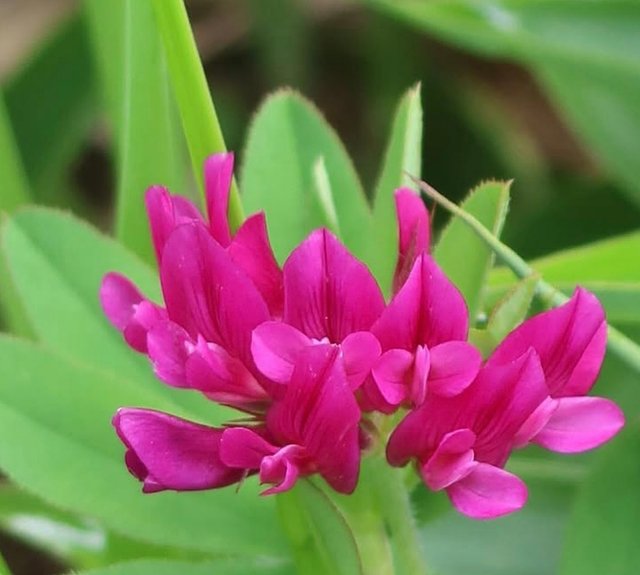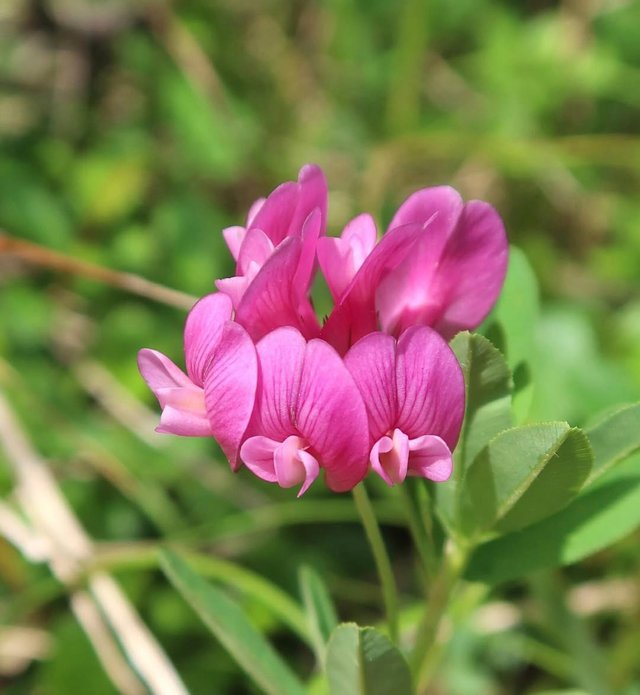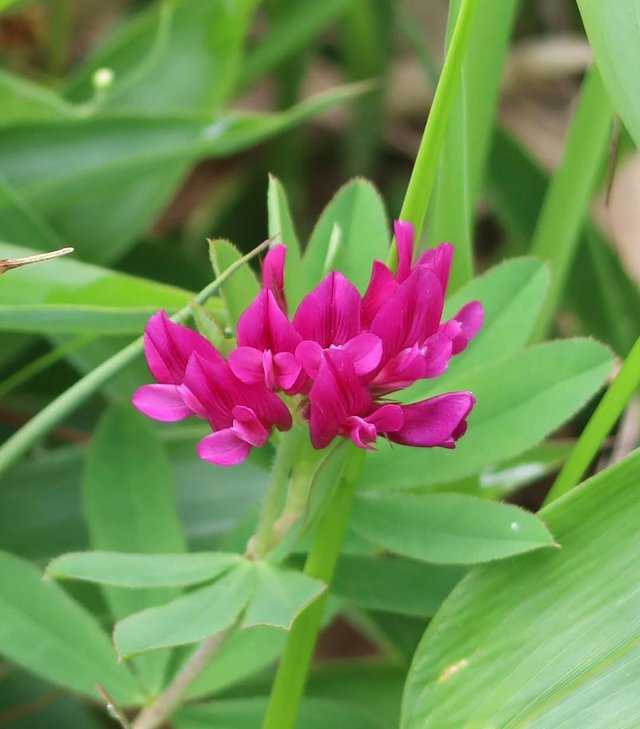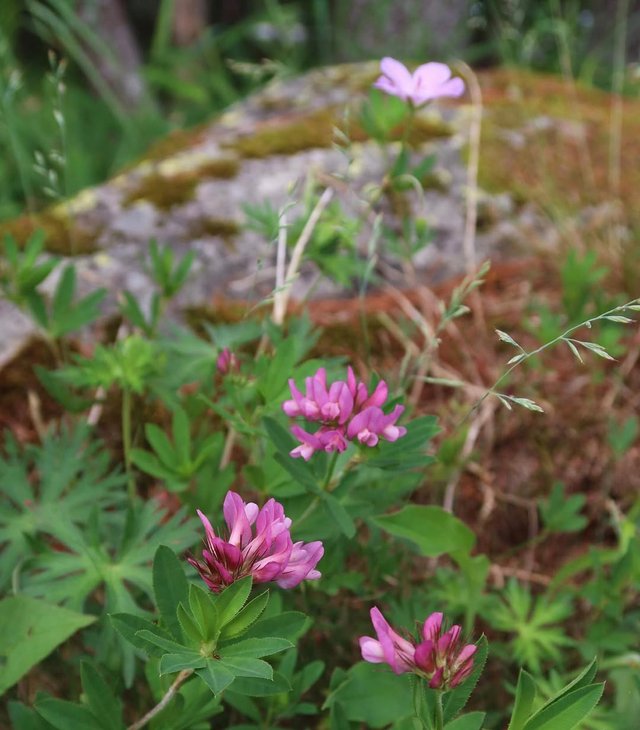Trifolium lupinaster
When we think of clovers, most of us imagine the familiar three-leafed plants carpeting meadows or symbolizing Irish luck. But the genus Trifolium contains over 250 species, many of which remain unfamiliar outside botanical circles. One such lesser-known yet fascinating species is Trifolium lupinaster — a perennial plant with unique characteristics, ecological importance, and an intriguing evolutionary lineage.Unlike the common white or red clover, Trifolium lupinaster is distinguished by its elongated, lanceolate leaflets, arranged in a palmate trifoliate form — often resembling the narrow leaves of lupines. Its flowers are usually violet to purplish, sometimes pinkish or bluish depending on soil conditions and regional variation.
Trifolium lupinaster contributes to soil fertility by fixing atmospheric nitrogen through its root nodules, formed in symbiosis with Rhizobium bacteria. This ability supports not only its own growth but also improves soil health for neighboring plants.It is a valuable plant for pollinators, especially wild bees and butterflies, who rely on its nectar during its early summer blooming period. Its role in supporting insect biodiversity, especially in steppe and meadow ecosystems, is significant.
Though not globally threatened, Trifolium lupinaster is considered regionally rare in parts of Europe, where habitat loss, agricultural intensification, and urban development have reduced its natural range. In countries like Poland and Germany, it is listed in regional Red Data Books or flagged for monitoring.Conservationists have noted its indicator value: the presence of T. lupinaster often signals well-preserved grassland ecosystems with high biodiversity and low anthropogenic disturbance.



